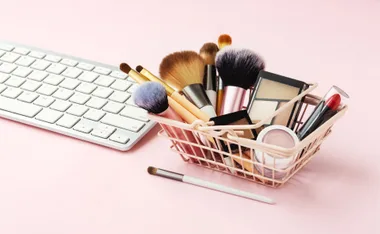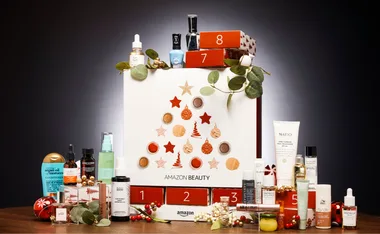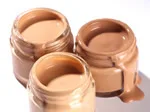1. Love your own body
Does my bum look fat in this? We know that children mimic behaviour…that’s how they learn, and it’s no different with body image issues. If they hear mum complaining about the size of her thighs or the fact that dad has never had a six pack or that big sister ‘feels fat’ today as she squeezes into her size 6 jeans, don’t be surprised when you hear the kids repeating similar sounding comments about themselves to you and their siblings. Aim to keep appearance in perspective and try to foster an appreciation for what the body can do, rather than focus on what it looks like.
2. Understand genetic blueprint
If all the women in your family are pear shaped and you just happen to take after them, no amount of dieting or physical activity will re-shape you. A pear cannot turn into a stick of celery no matter how hard it tries! However, with the right diet and plenty of physical activity, the pear can develop into the healthiest, fittest pear it can be. So much of the way we are in terms of shape, the way we metabolise food and whether we’re movers or sitters appears to be genetically determined. So instead of trying to change the impossible, why not accept the fact and explain to the family that there are different varieties of fruit…all delicious in their own right…that’s right…even pears!
3. Look after your body
Encourage your children to adopt healthy lifestyle habits, whatever their shape or size. With regards to healthy eating behaviours, try to avoid the concept of good and bad foods.
Try ‘every-day’ foods and ‘sometimes-foods’ instead. Allow your children to leave food on their plate if they have eaten enough. Children are intuitive eaters naturally.
4. Encourage family fitness for all shapes and sizes
You can be fit and fat. In fact, research has shown that being physically active can help compensate for obesity in some cases where exercise has not resulted in loss of weight. In other words, it’s better for your health to be overweight and fit rather than lean and unfit. Create opportunities for your children to find family activities they enjoy and that they can participate in – and, at the same time, that can improve their fitness. So many overweight children feel uncomfortable exercising. They worry about their skill level and how they look, and they also experience physiological difficulties such as asthma-like symptoms and chafing.
It’s very important to be sensitive to these issues and find solutions to these problems.
5. Talk about it!
Always work at keeping the lines of communication open in your family, without becoming a preacher!
Listen to your child’s concerns about body image issues and other self-doubts and fears without dismissing them as ridiculous. Help build your child’s self esteem by creating opportunities for them to succeed at any level, whether it be in music, drama, academic performance or sport.
This text is adapted from the latest book by Karen Inge: Let’s Eat Right for Kids (Brolly Books $19.95). Available at leading book stores.
Newsletter conversion description. Get the latest in your inbox.






























